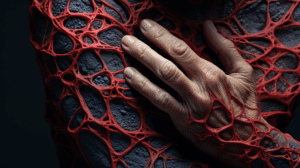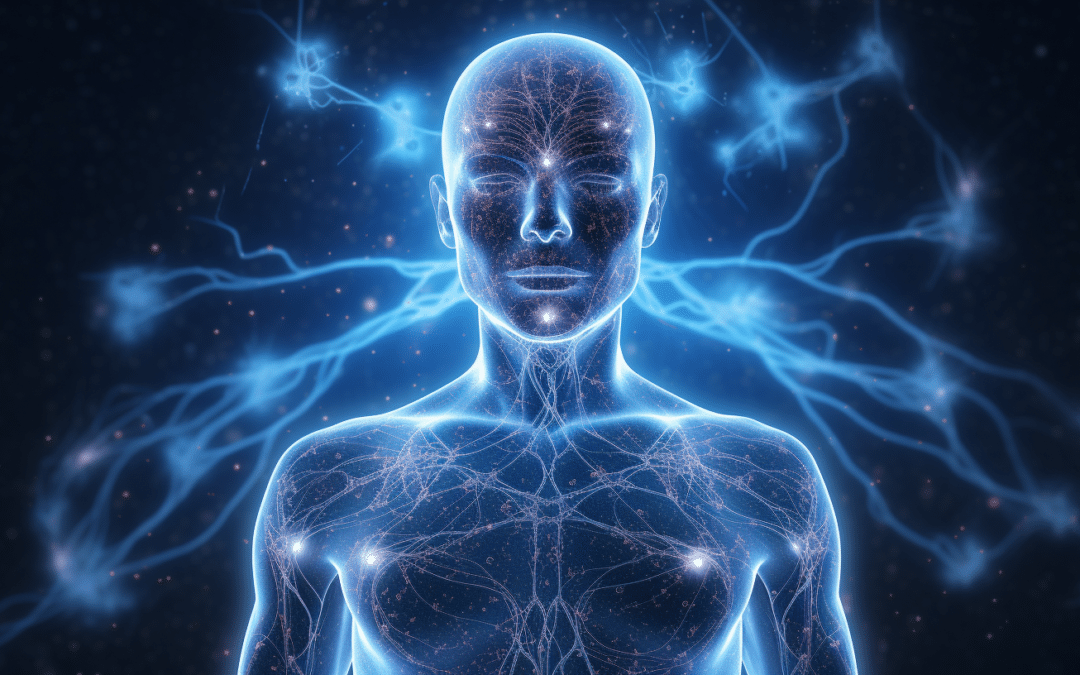Despite its seemingly gentle and unassuming nature, Manual Lymphatic Drainage (MLD) is a powerful therapeutic technique used for centuries to treat many physical and psychological conditions. With its roots in ancient Chinese medicine, MLD has evolved to become an increasingly popular holistic therapy today. This article will explore the science behind MLD and uncover the research-backed benefits of this powerful healing practice.
Key Takeaways
- Manual Lymphatic Drainage is a therapeutic technique used for centuries and originated from ancient Chinese medicine.
- It focuses on stimulating lymph vessels, reducing swelling and discomfort, and is effective for various health conditions.
- Manual Lymphatic Drainage works through gentle massage techniques that stimulate lymph vessels and drainage, improve circulation, and boost immunity.
- It provides benefits such as increased lymph flow and drainage, improved circulation and metabolism, reduced swelling and inflammation, and enhanced overall well-being.
What Is Manual Lymphatic Drainage?
Manual Lymphatic Drainage is a type of massage therapy that focuses on stimulating the lymph vessels to facilitate the drainage of lymphatic fluid. It involves gentle, rhythmic movements along the body’s lymphatic pathways connected to various lymph nodes. This technique reduces swelling and discomfort caused by chronic inflammation or accumulated tissue fluid. Gently manipulating these pathways allows for improved flow through the nodes and encourages lymphatic drainage throughout the body. This can help to promote healing and restore balance within the system.
reduces swelling and discomfort caused by chronic inflammation or accumulated tissue fluid. Gently manipulating these pathways allows for improved flow through the nodes and encourages lymphatic drainage throughout the body. This can help to promote healing and restore balance within the system.
Manual Lymphatic Drainage also helps to boost circulation and stimulate immune function while providing a sense of deep relaxation and well-being. As such, it is an effective treatment for many health conditions, including lymphedema, chronic fatigue syndrome, fibromyalgia, sports injuries, post-surgery recovery, and more.
How Does Manual Lymphatic Drainage Work?
The effectiveness of this therapy is based on the massage techniques used to stimulate lymph vessels. Manual Lymphatic Drainage (MLD) is a gentle massage designed to encourage natural lymph drainage, which carries waste products away from the tissues and back toward the heart. It stimulates specific areas to move stagnant fluid out of congested parts and into healthier lymphatic pathways where proper flow can be restored. MLD involves light pressure strokes in rhythmic sequences along specific “lymphatic pathways.” This helps to activate the contraction and pumping action of muscles close to these channels, which further assists in promoting the smooth movement of fluids through them.
Ultimately, the goal is to maximize lymphatic flow and reduce blockages that can cause swelling or discomfort due to the accumulation of byproducts like toxins, proteins, and excess water. By helping improve circulation throughout these pathways, MLD also aids in boosting immunity as it helps clear out toxins that may have accumulated over time due to poor drainage. The benefits are twofold: not only does MLD aid physical health, but it has also been shown to have a positive effect on mental well-being.
Benefits of Manual Lymphatic Drainage
 Manual Lymphatic Drainage (MLD) is a type of massage that uses gentle pressure and rhythmic movements to increase lymph flow and encourage the natural drainage of the lymph, which carries waste products away from the tissues back toward the heart. MLD has been found to have many beneficial effects, including improved circulation, reduced swelling, and enhanced immunity. These benefits of MLD are due to its ability to stimulate lymph vessels, which helps move fluid out of an area and reduce inflammation in the affected region.
Manual Lymphatic Drainage (MLD) is a type of massage that uses gentle pressure and rhythmic movements to increase lymph flow and encourage the natural drainage of the lymph, which carries waste products away from the tissues back toward the heart. MLD has been found to have many beneficial effects, including improved circulation, reduced swelling, and enhanced immunity. These benefits of MLD are due to its ability to stimulate lymph vessels, which helps move fluid out of an area and reduce inflammation in the affected region.
Improved Circulation
Through MLD techniques, the circulation of lymphatic fluid can be improved. This is achieved by the manual application of light pressure to specific parts of the body, which leads to enhanced metabolism and increased energy. Manual Lymphatic Drainage works by gently stimulating the movement of the lymphatic system to reduce swelling and improve overall well-being. When applied correctly, this technique can help boost circulation in areas where fluid has become stagnant or blocked. It also promotes relaxation and aids in detoxification processes within the body.
MLD has been successfully used to treat various conditions, including lymphedema, fibromyalgia, migraines, sinusitis, chronic fatigue syndrome, and sports injuries. Improving circulation through MLD therapies helps promote healing and reduce pain while encouraging overall well-being.
Reduced Swelling
MLD can reduce swelling, which may lead to improved comfort and mobility. The technique focuses on opening lymphatic blockage while draining excess lymphatic fluid from the body. This helps release built-up pressure that occurs due to inflammation in the body. MLD can also reduce swelling in joints and extremities by increasing circulation in affected areas and decreasing pain and stiffness. In addition, MLD has been shown to help improve overall well-being by relieving stress and tension throughout the body. I want to inform you that MLD should only be performed by a qualified professional trained in this specialized technique for maximum benefit and safety. With proper use, MLD can relieve inflammation for those suffering from edema or swelling due to various medical conditions.
Enhanced Immunity
Manual Lymphatic Drainage (MLD) has been linked to enhanced immunity. Studies have shown that MLD helps keep the lymphatic system functioning properly, which can help the body maintain a healthy level of immunity. This is because when muscle tension and lymphatic blockage occur, immune cells become trapped in the affected areas and cannot reach other body parts. Through MLD, these cells can be released from their entrapment and travel throughout the body, thus increasing their ability to fight off infection. It is believed that MLD may improve circulation by relaxing muscles and allowing more nutrients to reach cells, which can also strengthen immunity. With regular practice of MLD, people can enjoy improved health and more excellent resistance against disease-causing agents.
Research and Studies on Manual Lymphatic Drainage
Research has been conducted to evaluate the efficacy of manual lymphatic drainage as a therapeutic intervention. Numerous studies have examined its potential benefits, including reducing lymphatic congestion and blockage. Its effectiveness in improving immune system function has also been investigated. A study from Italy showed that MLD positively affected the body’s immune response, indicating an increase in white blood cells and immunoglobulins after treatment. Another study from Germany found that patients with lymphedema experienced an improvement in their symptoms following MLD treatments.
Furthermore, research from Turkey showed that MLD could reduce inflammation and swelling caused by lymphedema. These studies suggest that manual lymphatic drainage can be beneficial for those suffering from conditions related to impaired lymphatic flow or compromised immunity. However, further research is needed to support these findings and confirm this therapy’s potential long-term health benefits.
Risks and Contraindications of Manual Lymphatic Drainage
Due to its nature as a manual therapeutic intervention, specific risks and contraindications are associated with Manual Lymphatic Drainage (MLD). The massage technique can be performed on the face, neck, trunk, or extremities, but there are areas where MLD is not recommended due to the risk of injury. Places that should not be massaged include those with varicose veins, lymphedema, infections, or inflammation. Preventive measures should also be taken before performing MLD on patients with lymphatic disorders such as lymphangiomas and lipedema.
Furthermore, caution must be taken when applying MLD to people who suffer from reduced immunity due to disease or medications. Practitioners must understand the potential adverse reactions of this massage therapy to provide safe and effective treatments for their patients.
To summarize: – Areas with varicose veins, lymphedemas, infections, and inflammations should not be massaged. – Take preventive measures before performing MLD on those with lymphatic disorders. – Caution must be taken when applying MLD on those with reduced immunity due to disease/medication – Practitioners need to understand potential adverse reactions of this massage therapy.
Myofascial Release and Manual Lymphatic Drainage
Myofascial Release (MR) and Manual Lymphatic Drainage (MLD) are two modalities that have increasingly been used to achieve desired outcomes for clients. MLD has many benefits, such as promoting lymphatic circulation, drainage of toxins and waste products from the tissues, reduction in edema and swelling, and improved circulation. MR techniques involve stretching or massaging the fascia to release tightness or tension that can limit the range of motion and cause pain. Combining these two modalities can have powerful therapeutic effects on the body by improving overall mobility, reducing pain levels, increasing blood flow to affected areas, and stimulating tissue regeneration and healing.
Benefits of MLD
Manual lymphatic drainage (MLD) has been shown to provide numerous benefits. These include increased energy and mental clarity, improved sleep quality, reduced inflammation, decreased swelling and edema, improved flexibility and mobility in joints, enhanced immune system function, accelerated healing of soft tissues such as muscles or ligaments, and relief from pain or soreness. MLD is a gentle massage that helps stimulate lymph flow through the body’s lymphatic system. This helps to flush out toxins and byproducts of metabolic processes from the tissues back into circulation for elimination or re-absorption into cells as needed. It also encourages better blood and oxygen circulation throughout the body, enhancing overall health. MLD aims to improve overall well-being by stimulating self-healing mechanisms within the body.
Techniques of MR
Various techniques of myofascial release (MR) are used to reduce muscle tension and improve lymphatic drainage. Corrective exercises such as stretching, strengthening, massage therapy, and joint mobilization are commonly employed to help restore proper alignment and symmetry to the body. In addition, these techniques can help open up the lymphatic pathways to facilitate a more efficient flow of fluid through the body. MR also helps promote better blood circulation, which is essential for maintaining healthy tissues. Other benefits of MR include improved posture and an increased range of motion in joints.
Furthermore, it can be used as a preventative measure against potential injury or disease by helping keep muscles relaxed and supple. The use of corrective exercises in combination with MR can provide a comprehensive approach to improving overall health and well-being.
Effects of Combination
Combining corrective exercises and myofascial release may provide a comprehensive approach to improving overall health and well-being. These techniques can help reduce pain, restore range of motion, improve functional performance, and promote cellular regeneration when implemented together. Additionally, combining these two modalities has the potential to reduce recovery time by reducing inflammation and promoting improved healing. This effective combination of techniques can be used to treat various musculoskeletal conditions and tailored to each patient’s needs. By utilizing this technique with manual lymphatic drainage, patients may experience an enhanced sense of belonging through improved physical functioning.
Summary of Manual Lymphatic Drainage
Meticulous techniques have been developed to promote the circulation of lymphatic fluid, known as Manual Lymphatic Drainage (MLD). This therapeutic practice is a light massage technique that helps stimulate and improve lymph flow in the body. MLD helps reduce swelling and increase drainage by manipulating surface tissues to move stagnant lymph from one body area to another. It can be used independently or with other treatments, such as postural correction and compression bandaging. Studies suggest that MLD may relieve various conditions, including lymphedema, joint pain, chronic fatigue syndrome, and fibromyalgia.
The primary aim of MLD is to reduce swelling and improve the lymphatic system’s efficiency by increasing its flow rate. To accomplish this goal, practitioners use gentle, rhythmic movements directed along specific pathways, encouraging the slow but steady release of toxins and waste products trapped within tissue cells. By doing so, MLD can help restore balance in the body’s immune system while promoting overall well-being.
Frequently Asked Questions
Who Can Perform Manual Lymphatic Drainage?
Manual lymphatic drainage is a massage technique that reduces swelling and discomfort caused by fluid buildup. Certified therapists are trained to perform this technique, which requires precise pressure on specific body areas to improve lymphatic circulation. The massage techniques used in manual lymphatic drainage can be gentle or vigorous, depending on the person’s needs. This treatment helps many people feel better, creating an atmosphere of well-being and belonging that encourages relaxation and recovery.
What Is the Cost of a Manual Lymphatic Drainage Session?
The cost of a manual lymphatic drainage session can vary depending on several factors, such as the therapist’s experience, location, and session length. Insurance coverage may also be a factor in determining the cost. Generally, prices range from around $50-$200 per session. It is essential to research and compare costs before deciding on a particular therapist or clinic for manual lymphatic drainage services. To ensure quality care and avoid any unexpected charges, it is recommended that individuals understand all relevant cost factors before committing to a service provider.
Is Manual Lymphatic Drainage Safe for Pregnant Women?
Studies suggest that approximately 70% of pregnant women experience swelling in the legs, feet, and ankles. Manual lymphatic drainage (MLD) is considered a safe and effective treatment for these symptoms during pregnancy. MLD stimulates the body’s lymphatic system to reduce fluid retention and improve circulation. As a result, it can have physiological effects, such as reducing swelling, and emotional benefits, like increased energy levels. Pregnant women must consult their healthcare provider before undergoing an MLD session to ensure it is appropriate.
What Lifestyle Changes Should Be Made to Maximize the Benefits of Manual Lymphatic Drainage?
Lifestyle changes such as altering one’s exercise routine and changing dietary habits can be beneficial to maximize the benefits of manual lymphatic drainage. Regular low-impact and non-strenuous exercise can help promote circulation and reduce inflammation. At the same time, a balanced diet full of anti-inflammatory foods can further assist the body in its recovery process. Additionally, drinking plenty of water before and after treatment is essential to assist in flushing toxins from the body. Making smart lifestyle choices can help ensure maximum results from manual lymphatic drainage.
Are There Any Long-Term Side Effects of Manual Lymphatic Drainage?
The human body is an intricate machine, and manual lymphatic drainage can be a powerful tool in maintaining its delicate balance. Like any mechanism, however, it should be used judiciously and cautiously. When considering the long-term effects of this treatment, it is essential to consider both the positive and potentially negative aspects of exercise effects on lymphatic health. Evidence suggests that although there are generally no adverse side effects from manual lymphatic drainage, overuse may result in weakened immune function or skin sensitivity issues. Therefore, using this technique sparingly and only after consultation with a qualified professional is essential.
Conclusion
Manual Lymphatic Drainage is a specialized massage technique that stimulates the body’s lymphatic system. It works by gently manipulating the skin and muscles to move the lymph fluid through the body and help reduce excess fluid. This treatment plan can help reduce swelling and improve the overall quality of life for individuals suffering from lymphedema, fibromyalgia, chronic fatigue syndrome, and other chronic skin conditions. It can also help reduce pain and inflammation, improving range of motion and mobility.
Following a comprehensive treatment plan is essential to benefit from Manual Lymphatic Drainage. This plan should include a variety of treatments such as medical massage, manual lymph drainage, compression garments, and other strategies that will reduce swelling and improve circulation. Ensuring the massage therapist is adequately trained and certified is also essential. By following these guidelines, individuals can be sure they receive the best treatment possible while reducing the risk of potential side effects or complications.
Overall, Manual Lymphatic Drainage offers a variety of potential health benefits. It can help reduce swelling, improve circulation, and even reduce pain and inflammation. When used as part of a comprehensive treatment plan, Manual Lymphatic Drainage can be a safe and effective alternative to traditional treatments and help individuals improve their quality of life.

